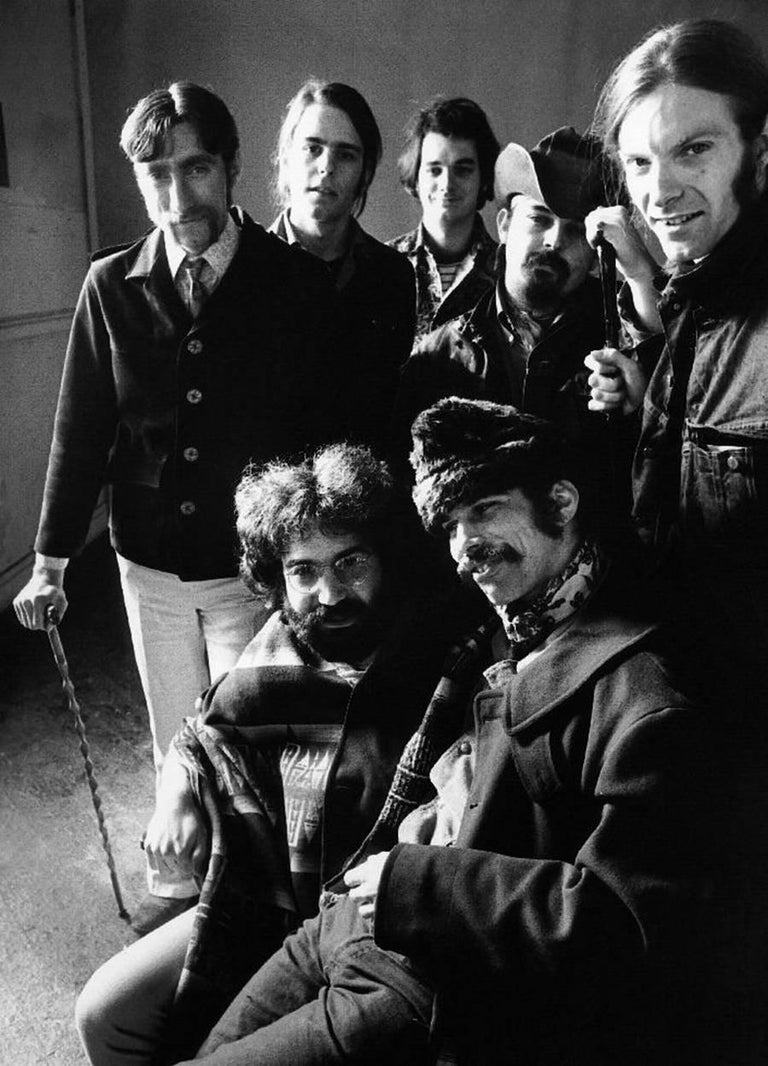Grateful Dead – Aoxomoxoa
:format(jpeg):mode_rgb():quality(90)/discogs-images/R-1384126-1214990041.jpeg.jpg)

Career bands – those that have many different types of albums that often span the course of decades – tend to have their work grouped together to make it easier to digest. Sometimes, like in the case of R.E.M., the post-Bill Berry years are noticeably weaker than the music that came before his departure. For AC/DC’s Bon Scott and Brian Johnson eras, the difference is much less substantial (although I certainly have a preference) and entry at either point is encouraged. When it comes to the Grateful Dead, most define the group as having a psychedelic phase in the ’60s before getting involved in the folk-rock and Americana boom of the early ’70s. The group would then fiddle around with disco in the late ’70s and polished studio blandness in the '80s. Each of these sections of the discography has its own high and low points and even the most entrenched Grateful Dead fan would find it relatively easy to highlight their best and worst efforts. The live history of the band makes things much more complicated, with so many band members coming and going and so many fan beloved shows that could be used to divvy up the prominent eras of the Dead's career, that for the sake of beginners it is much more simple to focus on studio albums alone. Aoxomoxoa came out in 1969 and would be the last album released by the Dead with heavy psychedelic experimentation. Shortly after the band would release their two strongest studio albums and turn towards the inclusiveness that would cement the growth of their cult fan base.
So in many ways Aoxomoxoa is a transitional record, it certainly builds on the far-out Anthem of the Sun but the majority of the album is built around little folk nuggets that if not for the fuzzed-out overlay, could fit nicely onto American Beauty. That is what gives these songs their character; the vocal effects on “Dupree’s Diamond Blues” help to distinguish it from “St. Stephen” (a stellar opening track) while “Mountains of the Moon” has the twinkling harpsichord-esque accompaniment and lyrics referencing carrion crows that make it definitively late '60s. The weakest track here “What’s Become of the Baby” skirts this formula the most significantly, providing eight minutes of Jerry Garcia’s effect heavy esoteric mumblings and while it fits in with the mood, even Deadhead’s will tell you it’s unnecessary. Aoxomoxoa also notable for providing “China Cat Sunflower,” one of the greatest Dead live songs. In its form here and without the requisite “I Know You Rider”-pairing it feels a little bare, but “China Cat” still has glimmers of the greatness that it would take on later in life and it is fun to hear it as just another track on this album. It’s easy to slight Aoxomoxoa for paling in comparison to its follow-up records, but it remains the best of the Dead’s “psychedelic era” and a nice little sampler for people first breaking into the band. It may not be my first recommendation but it’s not a bad place to start.
~8.0
Comments
Post a Comment